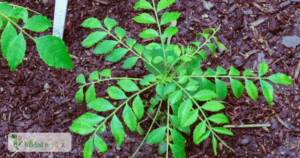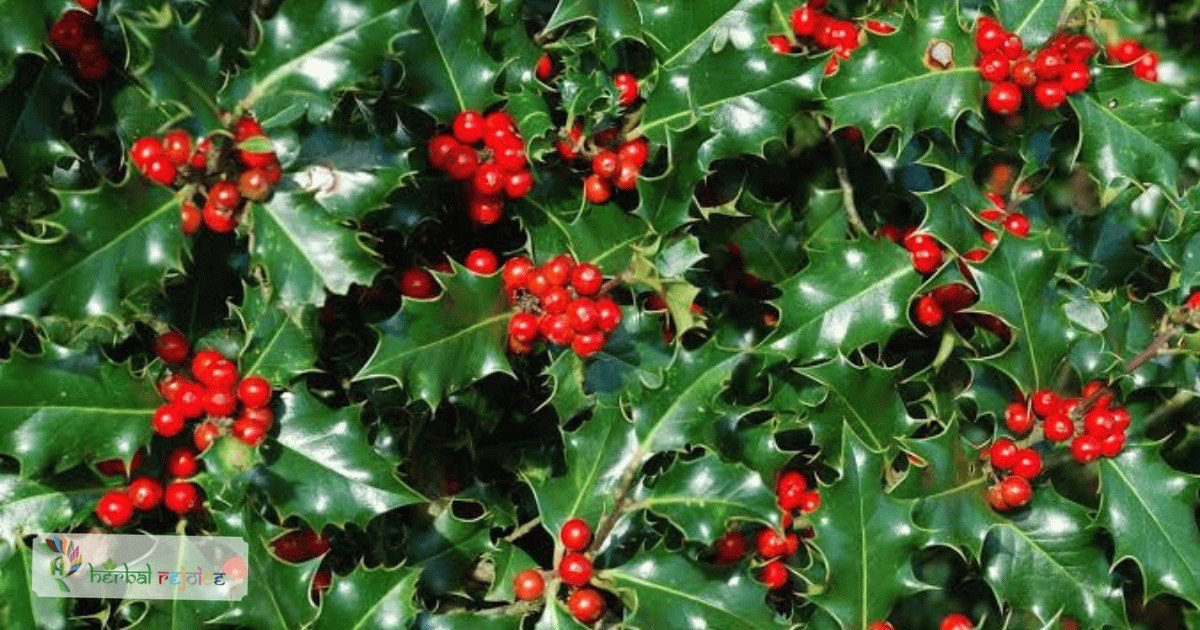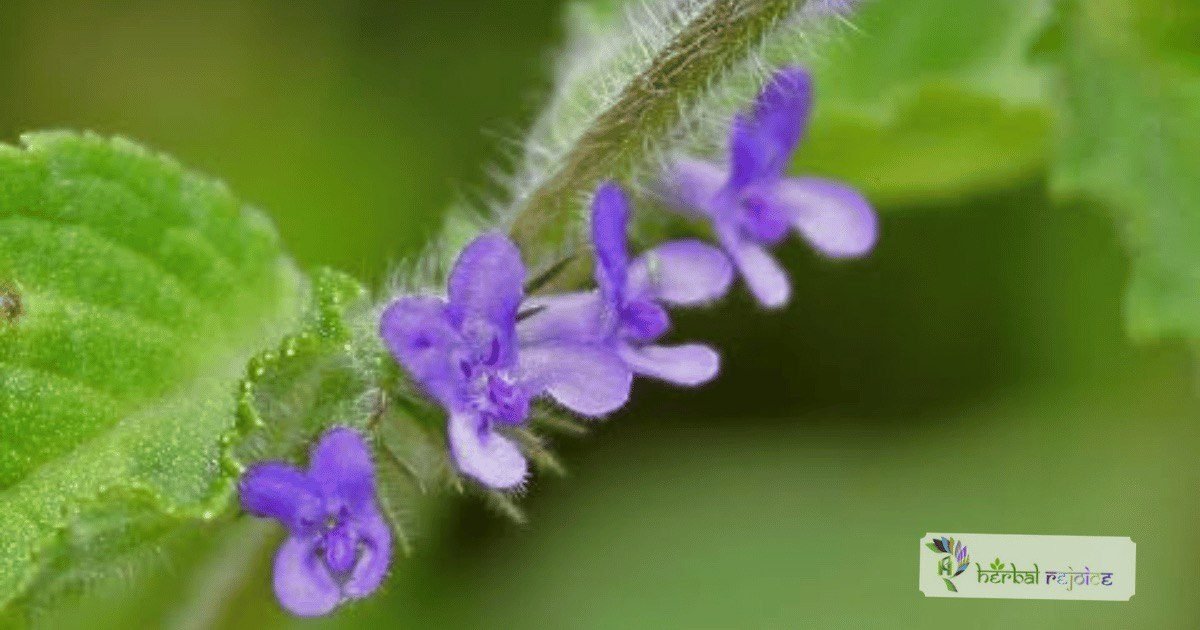Introduction
Murraya koenigii, commonly known as Curry Leaf tree, is a plant belonging to the Rutaceae family. The leaves of the Curry-Leaf tree are known for their various medicinal properties. They have been used as a stomachic, antiprotozoal, and spasmolytic agent. Additionally, they promote appetite and digestion, destroy pathogenic organisms, and have antidysenteric properties. Externally, the leaves can be used to treat skin eruptions.
Curry Leaf – An Antifungal Miracle

Names and Habitat of Curry Leaf
It can be found cultivated in regions such as Tamil Nadu, Maharashtra, and North India. In Ayurvedic medicine, it is referred to as Surabhini-nimba, while in Unani medicine, it is known as Karipattaa. In Siddha/Tamil medicine, it goes by the names Karuveppilei, Karivempu, and Kattuveppilei. In folk medicine, it is called Mithaa Neem, Kathneem, Gandhela, or Barsanga.
Chemical Constituents of Curry Leaf
The plant is rich in carbazole alkaloids, with several carbazole bases being isolated from different parts, especially the leaves. The leaves also contain a coumarin glucoside called scopolin.
It is interesting to note that the beta-carotene content of curry leaves decreases when cooked and frying them leads to the highest loss.
However, including curry leaves in the diet of diabetic patients has been found to significantly reduce blood glucose levels, without causing an insulin response.
Antifungal Property Of Curry Leaf
Curry-Leaf tree’s steam distillate has been reported to exhibit antifungal and insecticidal activities. Furthermore, an ethanolic extract of the stem bark has shown anti-inflammatory effects in rat models of carrageenan-induced inflammation.
Conclusion
In conclusion, Murraya koenigii, also known as the Curry-Leaf tree, is a plant with a rich history of medicinal use. Its leaves possess various beneficial properties, including stomachic, antiprotozoal, and antidysenteric effects.
It is also known to promote appetite and digestion, while destroying pathogenic organisms. The beta-carotene content of the leaves decreases when cooked but including them in the diet of diabetic patients has been found to reduce blood glucose levels.
Overall, Murraya koenigii is a valuable plant that deserves further research and exploration in the field of natural medicine.
Frequently Asked Questions(FAQs)
What is Murraya koenigii?
Murraya koenigii, commonly known as Curry-Leaf tree, is a plant belonging to the Rutaceae family.
Where is Murraya koenigii commonly found?
Murraya koenigii is cultivated in regions such as Tamil Nadu, Maharashtra, and North India.
What are the different names of Murraya koenigii in different medicinal practices?
In Ayurvedic medicine, it is referred to as Surabhini-nimba, while in Unani medicine, it is known as Karipattaa. In Siddha/Tamil medicine, it goes by the names Karuveppilei, Karivempu, and Kattuveppilei. In folk medicine, it is called Mithaa Neem, Kathneem, Gandhela, or Barsanga.
What are the different properties exhibited by Murraya koenigi
The leaves of the Curry-Leaf tree have stomachic, antiprotozoal, and spasmolytic properties. They promote appetite and digestion, destroy pathogenic organisms, and have antidysenteric properties.
How can the leaves of Curry-Leaf tree be used externally?
The leaves of Curry-Leaf tree can be used externally to treat skin eruptions.
What compounds are found in the Curry-Leaf tree?
The Curry-Leaf tree is rich in carbazole alkaloids, with several carbazole bases being isolated from different parts, especially the leaves. The leaves also contain a coumarin glucoside called scopolin.
Can including curry leaves in the diet of diabetic patients be beneficial?
Yes, including curry leaves in the diet of diabetic patients has been found to significantly reduce blood glucose levels, without causing an insulin response.
What activities have been observed in the steam distillate of the Curry-Leaf tree?
The steam distillate of the Curry-Leaf tree has been reported to exhibit antifungal and insecticidal activities.
What effects have been observed in the ethanolic extract of the stem bark of the Curry-Leaf tree?
An ethanolic extract of the stem bark has shown anti-inflammatory effects in rat models of carrageenan-induced inflammation.
What are the potential benefits of Murraya koenigii in natural medicine?
Murraya koenigii has various potential benefits in natural medicine, including its antifungal, insecticidal, and anti-inflammatory properties.
Are there any known side effects of using Murraya koenigii?
There are no known side effects of using Murraya koenigii when used in moderation.
Can Murraya koenigii be used to treat digestive issues?
Yes, Murraya koenigii has stomachic properties and has been traditionally used to promote appetite and digestion.
How can Murraya koenigii be used externally to treat skin eruptions?
Murraya koenigii leaves can be crushed and made into a paste, which can then be applied to the affected area to treat skin eruptions.
Can Murraya koenigii be used to reduce inflammation?
Yes, the ethanolic extract of Murraya koenigii stem bark has shown anti-inflammatory effects in rat models of carrageenan-induced inflammation.
Can Murraya koenigii be used as a natural insecticide?
Yes, the steam distillate of Murraya koenigii has insecticidal activities and can be used as a natural insecticide.





